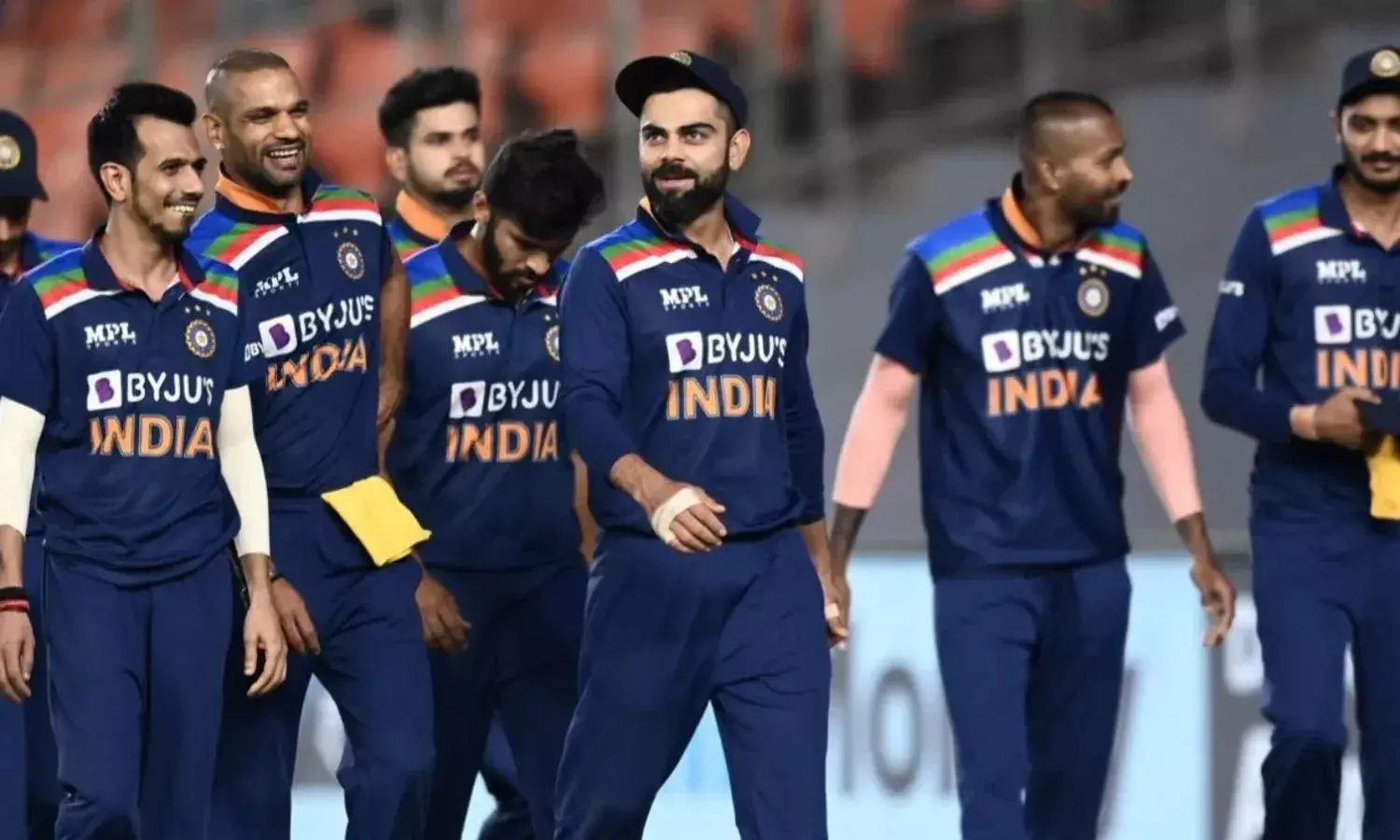Current Indian Cricket Team Could Well Be The Best Ever
But then what about the 90s?
It’s been 50 years since the first real breakthrough in the history of Indian cricket – the India Rubber Year of 1971 when India after years of defeats and debacles emerged as a powerhouse in world cricket with twin triumphs in West Indies and England. Since then India has been a force to reckon with despite the setbacks that are bound to happen over half a century. And every time there has been the inevitable discussion as to which is the strongest ever Indian team.
There is little doubt that the Indian team of the 70s with Sunil Gavaskar, Gundappa Viswanath and Dilip Vengsarkar to man the batting and with the famed spin quartet at their peak was a strong team but the absence of pace bowlers was the one palpable weakness. This prevented the team from being among the world’s best but when Kapil Dev emerged in the late 70s this one weakness was plugged. He on his own made up for the retirement of the spinners and with the arrival of Mohammed Azharuddin (in place of Viswanath) the Indian team of the 80s seemed the strongest yet.
But then what about the 90s? The retirement of Gavaskar, Vengsarkar and Kapil would appear to be blows from which Indian cricket would not recover. However Azhar was still around, Sachin Tendulkar arrived and the by the mid 90s Rahul Dravid, Sourav Ganguly, Javagal Srinath and Aniil Kumble had made their presence felt strongly and Indian cricket was in very capable hands. It appeared that the Indian team of the 90s was stronger than the one that was on duty the decade before.
But then came the new millennium and Indian cricket reached new heights. The batting line-up of Virender Sehwag, Tendfulkar, Dravid, Ganguly and VVS Laxman was acknowledged to be the most lustrous in the contemporary game. This allied to three great bowlers Zaheer Khan, Kumble and Harbhajan Singh saw India register victories abroad on a regular basis and rising for the first time to the No 1 spot in the ICC rankings.
Indian cricket fans were convinced that this peak could never be bettered. And when Dravid and Laxman retired in 2012, Tendulkar and Sehwag the following year and with Kumble and Ganguly already having played their last Tests in 2008 the future looked very bleak. How does a side replace such giants and legends? But Indian cricket has got this happy knack of unearthing prodigious talent at regular intervals. In the last decade first under MS Dhoni and then Virat Kohli the Indian flag has flown high in international cricket. Again victories abroad have been notched up time and again while the record at home is simply awesome. Two successive series triumphs in Australia means that the last but one frontier has been conquered as South Africa now remains the only country where a Test series has not been won. But the Indians have been getting closer and closer to that elusive target and one would not be surprised if that 'Final Frontier’ went overboard this winter.
So then is Indian cricket now at its strongest ever in its history? One would like to think so for it certainly has the credentials. For one thing till not too ago India was the No 1 team in the ICC rankings despite a really competitive field. The team also made the final of the inaugural World Test Championship before going down to New Zealand. Despite the presence of Kohli and other stalwarts there is little doubt that the batting line-up in the first decade of the millennium is stronger. But what probably gives the current squad the nod is the bowling which is much stronger especially in the pace department. Indeed Indian fast bowling has never had it so good and that would appear to give the current side the edge.





